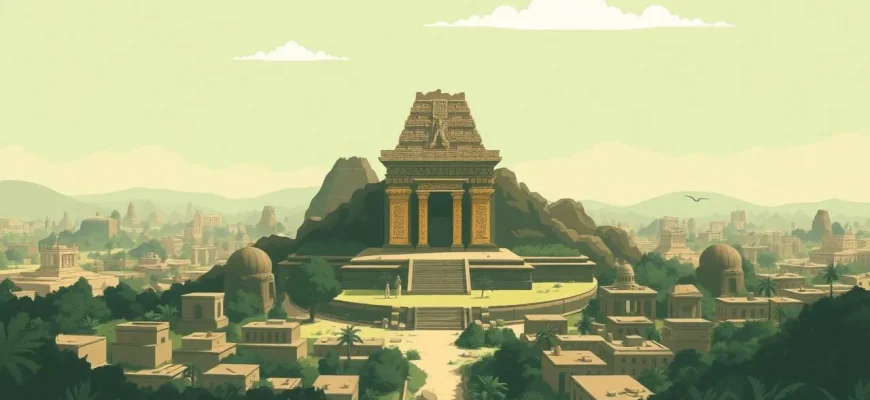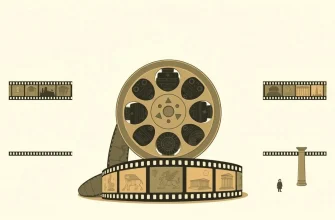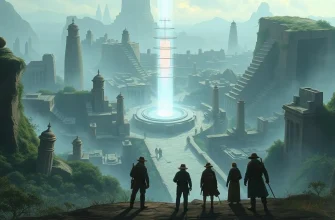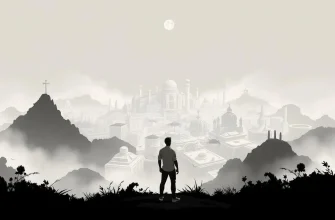Delve into the mysterious and often unexplained disappearance of ancient civilizations with this curated selection of films. Each movie in this collection explores the theme of lost peoples, blending elements of mysticism, adventure, and historical intrigue. These films not only entertain but also provoke thought about the fragility of human societies and the secrets they leave behind, offering viewers a journey through time and mystery.
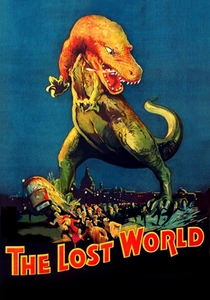
The Lost World (1925)
Description: An early silent film adaptation of Sir Arthur Conan Doyle's novel, it explores the concept of a lost world inhabited by dinosaurs, representing a civilization lost to time.
Fact: This film was one of the first to use stop-motion animation for its dinosaur sequences, a technique that was groundbreaking at the time.
 Watch Now
Watch Now
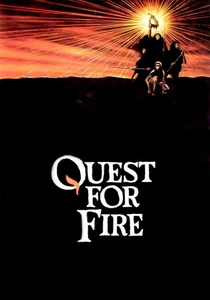
The Quest for Fire (1981)
Description: This prehistoric adventure film follows a group of early humans in search of fire, representing one of the earliest forms of civilization and its potential loss.
Fact: The film was shot in various locations including Scotland, Canada, and Kenya, to capture the diverse landscapes of prehistoric Earth.
 Watch Now
Watch Now
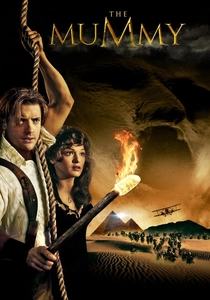
The Mummy (1999)
Description: While primarily an action-adventure, this film touches on the theme of lost civilizations through its exploration of ancient Egyptian curses and the city of Hamunaptra.
Fact: The film was inspired by the original 1932 "The Mummy" but was reimagined as a more action-packed adventure. Brendan Fraser performed many of his own stunts.
 Watch Now
Watch Now
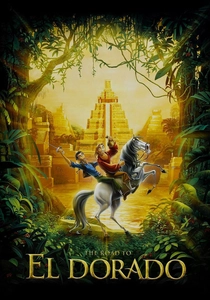
The Road to El Dorado (2000)
Description: This animated adventure follows two Spanish con artists who stumble upon the legendary city of gold, El Dorado, exploring themes of lost civilizations with a humorous and mystical twist.
Fact: The film was originally intended to be a more serious historical epic but was transformed into a comedy. Also, the character of Chel was inspired by Salma Hayek, who was originally considered for the role.
 Watch Now
Watch Now

Atlantis: The Lost Empire (2001)
Description: This Disney animated feature delves into the myth of Atlantis, portraying it as a technologically advanced civilization lost beneath the sea, combining adventure with mysticism.
Fact: The film was initially conceived as a more serious, darker story but was lightened for a broader audience. It also features a unique steampunk aesthetic.
 Watch Now
Watch Now
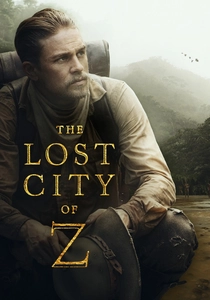
The Lost City of Z (2016)
Description: This film follows the real-life story of British explorer Percy Fawcett, who ventured into the Amazon in search of an ancient lost city he called "Z". Its inclusion in this list is due to its exploration of a potentially lost civilization and the mystical allure of the unknown.
Fact: The film was shot in various locations in Colombia, which provided a realistic backdrop for the Amazon jungle. Also, the movie's ending leaves much to the imagination, mirroring the real-life mystery of Fawcett's disappearance.
 Watch Now
Watch Now
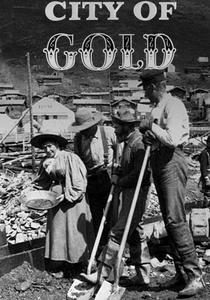
The City of Gold (1957)
Description: This documentary-style film explores the Klondike Gold Rush, but its narrative touches on the theme of a lost civilization through the lens of the gold seekers' dreams and the eventual decline of the boomtowns.
Fact: The film was shot in Dawson City, Yukon, providing an authentic look at the remnants of the gold rush era.
 Watch Now
Watch Now
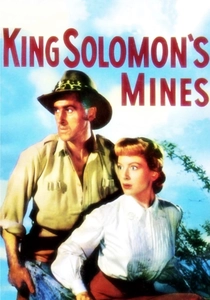
King Solomon's Mines (1950)
Description: Based on H. Rider Haggard's novel, this film involves a quest for the fabled mines of King Solomon, touching on themes of lost civilizations and the mystical treasures they might hold.
Fact: This was one of the first films to be shot in Africa, providing a genuine backdrop for the adventure. The film also inspired a series of sequels and adaptations.
 30 Days Free
30 Days Free
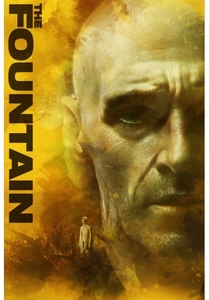
The Fountain (2006)
Description: Although not directly about a lost civilization, this film intertwines three stories across different times, one of which involves a conquistador's quest for the Tree of Life, symbolizing the search for lost knowledge and immortality.
Fact: The film was a passion project for director Darren Aronofsky, who fought to maintain his vision despite studio pressures. The movie's complex narrative structure was both praised and criticized for its ambiguity.
 30 Days Free
30 Days Free

Apocalypto (2006)
Description: Set during the decline of the Mayan civilization, this film captures the chaos and mysticism surrounding the end of an era, with a narrative centered on a young man's journey to save his family, reflecting themes of lost civilizations and survival.
Fact: Mel Gibson, the director, insisted on using the Yucatec Maya language for authenticity, making it one of the few films to use this language. The film also features a chase scene that was shot in one continuous take, lasting over 10 minutes.
 30 Days Free
30 Days Free

